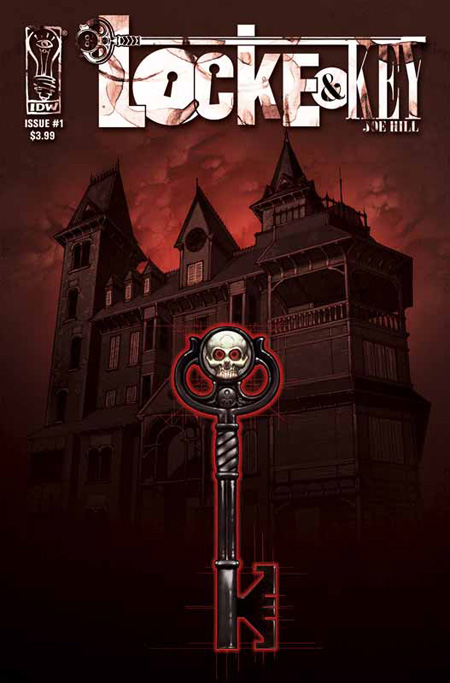Reviewer: Emera
I liiiiive! Somewhat. There are still exams to come, but I have a comfortable breathing space at the moment, so I’m going to work on whittling down my absurd backlog of short story reviews. To start, here are two helpings of dark fantasy/sci-fi.
—-
The nurse said that when I’m moved to my permanent home, there will be mirrors to see my reflection and windows made of glass instead of plexiglass. I do not know what a mirror is. I have read the word in the dictionary, of course, and heard it spoken. I know the press of the “m”, the sensuous delicacy of the “r”, as though biting a very soft peach. But the mechanics of the word — its sensation and definition — are different than the thing itself. I must have looked in a mirror before, although really, who knows?
Kelly Barnhill‘s “Tabula Rasa” (read 4.4.10, from The Three-Lobed Burning Eye) plays out a well-worn premise – an amnesiac patient recovering from an unknown operation slowly recovers troubling memories of her past – but even if none of the ideas are new, the execution is suspenseful and atmospheric, with great details and often lovely prose. I can never help imagining a moody graphic-novel adaptation, complete with blotty ink washes and scrawled lettering, whenever I read a story like this.
—
Michael S. Dodd‘s “The Madwoman” (read 4.4.10, from The Three-Lobed Burning Eye) makes a lot more sense if you read the bit in his bio where he says that it was inspired by Storm Constantine. Transfigurations with cosmic consequences, combined with high-pitched melodrama and mild abuse of the English language – vintage Constantine. Unlike Constantine, though, Dodd creates too-portentous-for-you protagonists who are irritating and implausible rather than endearing.
“If you do not tell me,” Ylsa intoned in a velvet voice, “I shall eat these delicate morsels, one at a time, until you do.” With that pronouncement, she reached into the jar and withdrew a handful of the packets, pressing one to her lips.
“No!” Marisel screamed, and Ylsa shrank back for a moment at the sheer volume of the cry.
Mmm… yeah. It’s a shame because the premise has great potential, and some of the details are fun – I like that the main character is a shady apothecary, for example.
Go to:
Kelly Barnhill
Michael S. Dodd


